


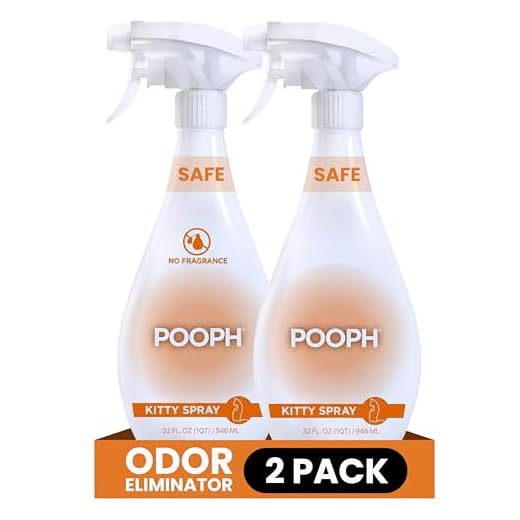
Regularly changing the substrate ensures a more pleasant atmosphere. Aim for at least once a week for optimal results. Utilize a high-quality, clumping variety to minimize lingering odors.
Consider incorporating baking soda as a natural deodorizer. Sprinkling a thin layer over the surface can absorb unwanted scents and enhance freshness. A simple routine of mixing it with the substrate during changes can yield great outcomes.
Ventilation plays a key role in maintaining a pleasant atmosphere. Open windows or use fans to circulate air, reducing any trapped odors. This simple action can create a noticeable difference in the environment.
Incorporate air purifiers equipped with HEPA filters to remove particles and improve air quality. Placing one in the vicinity can significantly reduce unpleasant scents and contribute to a healthier living space.
Regular cleaning of the surrounding area is equally important. Wipe down surfaces and vacuum frequently to eliminate any stray particles that might contribute to unwanted aromas. Maintaining cleanliness is essential for a fresh environment.
Lastly, consider using scented options or natural oils to create a more inviting atmosphere. Ensure any fragrances used are safe for pets, avoiding overwhelming scents that could be distressing.
How to Tackle Unpleasant Odors in Your Space
Using baking soda is a quick way to neutralize unwanted odors. Just sprinkle it on the affected area and let it sit for a few hours before vacuuming. This method absorbs and eliminates unpleasant scents.
Activated charcoal is another powerful tool. Place bowls of activated charcoal around the area; it absorbs and traps odors effectively. Refresh the charcoal every few weeks to maintain its potency.
Ventilation plays a key role. Open windows and doors to allow fresh air to circulate. Using fans can help move the air around, pushing out the stale scent.
Consider using an air purifier equipped with a HEPA filter. These devices capture particles and odors, enhancing air quality significantly.
Essential oils can create a pleasant atmosphere. Mix a few drops of your favorite oil with water in a spray bottle and mist the area. Lavender or lemon oils are known for their refreshing properties.
Regular cleaning is non-negotiable. Wipe surfaces frequently and change bedding or mats often. This practice prevents the buildup of odors and keeps the space inviting.
| Method | Effectiveness |
|---|---|
| Baking Soda | High |
| Activated Charcoal | Very High |
| Ventilation | Moderate |
| Air Purifier | High |
| Essential Oils | Moderate |
Implement these strategies consistently for a fresher environment. A combination of methods often yields the best results. Happy cleaning!
Identifying the Source of the Odor
First, check the litter box for any clumps or residues that might have been missed during cleaning. Make sure to scoop daily and replace the entire contents regularly. If the box isn’t the culprit, inspect surrounding areas where odors might linger, like carpets or corners. Look for any spills or accidents that may have occurred outside the box. Thoroughly clean these spots with an enzymatic cleaner designed to break down organic waste.
Next, examine the litter type being used. Some materials trap odors better than others. If the current choice isn’t effective, consider switching to a more absorbent or odor-controlling variety. Additionally, ensure proper ventilation in the area. Open windows or use air purifiers to circulate fresh air and help dissipate unpleasant scents.
Lastly, if everything seems in order yet the scent persists, investigate hidden spaces like behind furniture or under rugs. It might be worth checking for any hidden surprises that could be contributing to the issue. Remember, keeping a clean environment is key to maintaining freshness. For those who also care about their garden, understanding the quality of tools can be beneficial–like finding out are john deere lawn mowers good.
Choosing the Right Cat Litter
For a comfortable space, the right choice of substrate is key. Here are some options I recommend:
- Clumping Clay: Excellent for easy cleaning. Absorbs moisture effectively, forming solid clumps that are easy to scoop.
- Crystal Litter: Made from silica gel, it absorbs moisture and controls odors well. Minimal dust and low tracking make it a favorite.
- Biodegradable Options: Materials like corn, wheat, or recycled paper are eco-friendly and can neutralize odors naturally.
Pay attention to the texture. Some might prefer finer grains, while others enjoy coarser options. Conduct a little test to see which type your furry friend prefers.
Consider the scent. Unscented varieties are often best to avoid irritating sensitive noses. If you prefer fragrance, choose natural scents that don’t overwhelm.
Always think about dust levels. Low-dust products are better for respiratory health, especially in smaller spaces.
Lastly, assess how often you plan to clean the box. Some types require more frequent changes than others, so choose what fits best with your routine.
Regular Cleaning Routines for the Litter Box
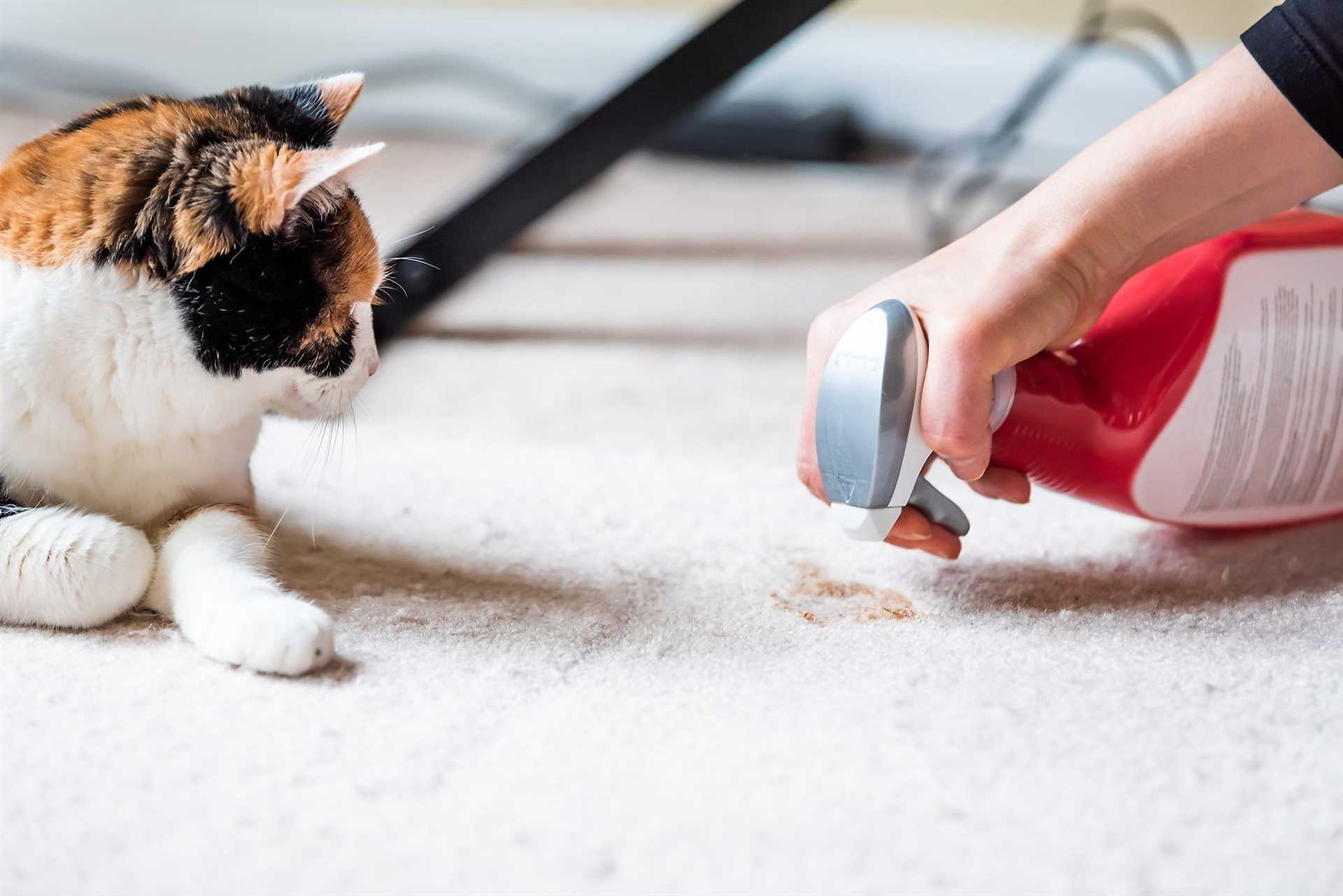
Daily scooping is a must. Every morning, I check my box and remove clumps and waste. This simple act keeps the area fresh and lessens odors.
Weekly Deep Clean
Once a week, I like to empty the entire box. After scooping, I wash it with warm water and mild soap to eliminate any lingering residues. Rinsing thoroughly is crucial to avoid any soap scent.
Changing the Substrate
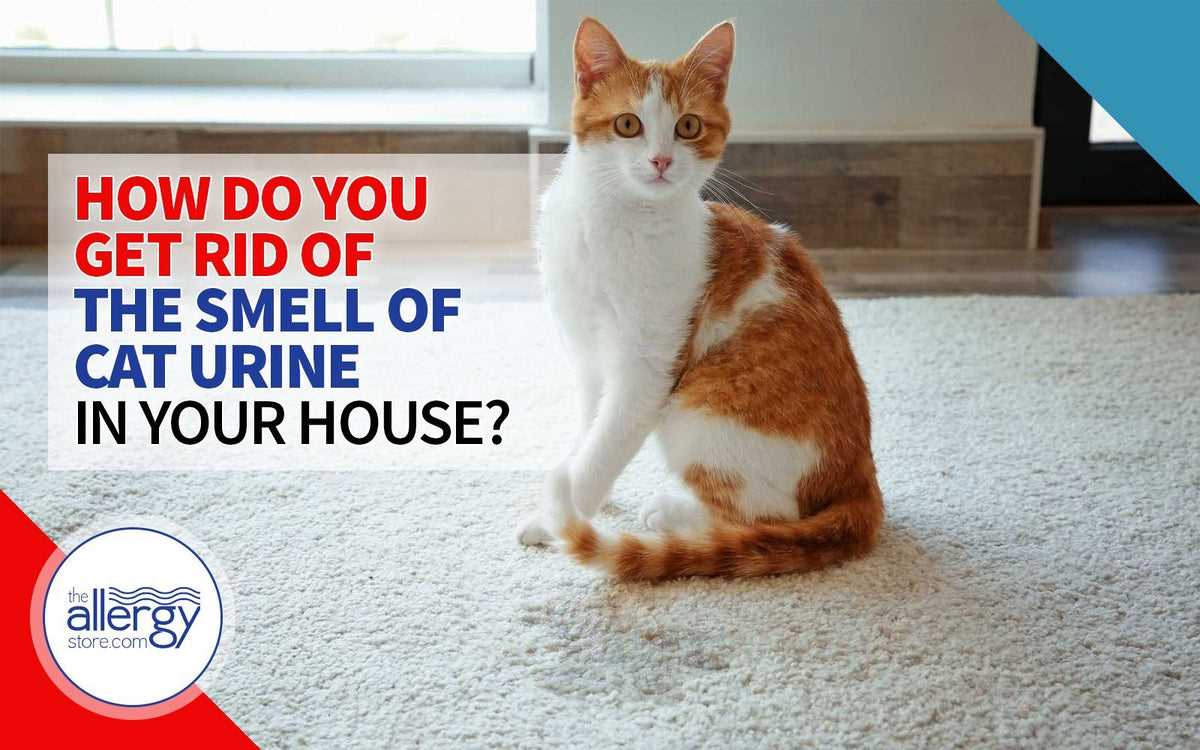
Replacing the material every two to three weeks helps maintain hygiene. I prefer a clumping variety; it makes my life easier. After changing, I sprinkle a bit of baking soda at the bottom to absorb any moisture.
Don’t forget to keep the surrounding area tidy! Regularly vacuuming or sweeping nearby ensures no stray granules contribute to unwanted scents. A clean environment makes everything more pleasant for both of us!
Using Odor Neutralizers and Air Fresheners
For tackling unpleasant aromas, I recommend using odor neutralizers specifically designed for pet environments. Look for products containing natural ingredients like baking soda or activated charcoal. These not only absorb odors but also help maintain a fresh atmosphere around my favorite lounging spots.
Choosing the Right Products
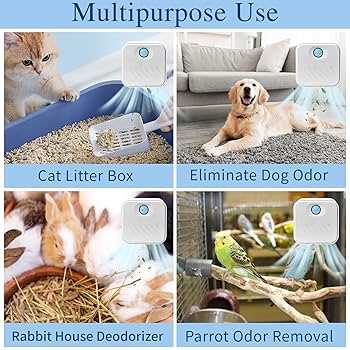
When selecting air fresheners, opt for unscented or lightly scented options. Strong fragrances can be overwhelming and may irritate sensitive noses, including mine. Air purifiers with HEPA filters can also assist in removing airborne particles, ensuring fresher air quality.
Application Tips
Spray neutralizers in areas where I frequent, avoiding direct application on my bedding or toys. Regularly changing the filters in air purifiers and keeping surfaces clean enhances the effectiveness of these products. Remember, consistency is key for a pleasant environment!
Implementing Good Ventilation Practices
Open windows daily for fresh air circulation. A cross breeze helps dissipate odors quickly. If the weather isn’t suitable, use exhaust fans in nearby rooms to enhance airflow.
Consider investing in air purifiers with HEPA filters. They effectively trap particles and eliminate unwanted scents. Place one near the litter area for maximum efficiency.
Keep air vents clean and unobstructed. Regularly check and replace filters to ensure optimal performance. This simple task can significantly improve air quality.
Try using ceiling or portable fans to improve air movement. Directing airflow towards any odor sources aids in dispersing unpleasant scents.
Implement regular airing-out sessions. Remove any bedding or soft furnishings that can hold onto odors, and let them breathe outside on sunny days.
Monitor humidity levels. A dehumidifier can assist in reducing moisture, which often contributes to lingering odors. Aim for a balanced humidity level for a fresher environment.
Incorporating Baking Soda for Absorption
Sprinkling baking soda on the substrate is a game changer. It absorbs moisture and odors effectively, keeping the area fresh. Use about half a cup to start, spreading it evenly over the surface.
Application Tips
- Mix with the substrate: Combine it with your usual material for enhanced effects.
- Regular refresh: Add more every week during cleaning routines for optimal absorption.
- Spot treatment: For intense odors, apply directly to the affected areas and let it sit for a few hours before removing.
Storage and Handling
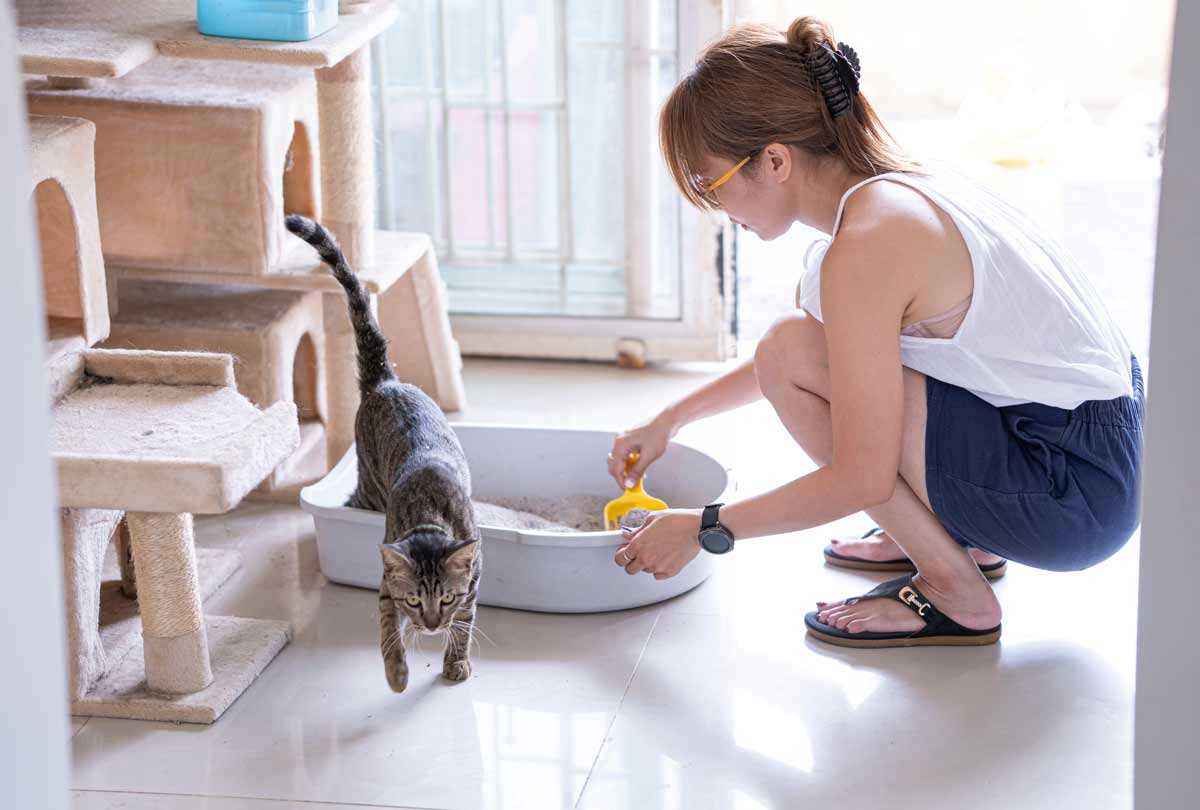
- Keep baking soda in a dry container to maintain its properties.
- Avoid mixing it with liquids until application to retain its absorptive capabilities.
Incorporating baking soda into my environment has made a noticeable difference. It’s simple, effective, and helps maintain a pleasant atmosphere where I can lounge and play.
Considering Alternative Litter Box Locations
Finding the right spot for the box can significantly influence odor management. Opt for a quiet, low-traffic area that offers privacy yet is easily accessible. Avoid placing it near food or sleeping areas to prevent unpleasant associations.
Evaluate different rooms for placement. Bathrooms and laundry rooms often work well due to their ventilation and ease of cleaning. If possible, try out various locations to see where I prefer to do my business without causing a stink.
Keep in mind that light and airflow play a role. A well-lit area with good ventilation can help disperse any unwanted odors. Experiment with different placements until you find the sweet spot that minimizes scent while allowing easy access for both of us.
Additionally, if there are multiple felines, provide separate boxes in various locations to reduce competition and territorial disputes. This can help maintain a fresher environment overall.
For monitoring health, consider investing in a blood glucose meter for cats, which can be particularly useful for keeping an eye on my well-being in conjunction with proper hygiene practices.
FAQ:
What are some natural methods to eliminate cat litter odor from a room?
There are several natural ways to tackle cat litter smell. One effective method is to use baking soda. Sprinkling a layer of baking soda on top of the litter helps absorb odors. You can also mix some essential oils, like lavender or lemon, with the baking soda before applying it. Another option is to place bowls of vinegar or activated charcoal around the room, as both are known for their odor-neutralizing properties. Regularly cleaning the litter box and changing the litter can also significantly reduce unpleasant smells.
How often should I clean the cat litter box to prevent odors in the room?
To keep odors at bay, it is recommended to scoop the litter box daily. This helps remove waste and keeps the litter fresh. In addition to daily cleaning, you should completely change the litter and clean the box with soap and water at least once a week. Depending on the type of litter you use and the number of cats you have, you might need to do this more frequently. Maintaining a clean litter box not only reduces smells but also promotes your cat’s health and hygiene.











